Year of the Blackburnian
My birding goal for 2025 is a picture of a Blackburnian Warbler. I've included pictures of birds from over the years, but none I've taken of a Blackburnian. There aren't any.
2025 won’t be a Big Year. A Pileated Woodpecker (Dryocopus pileatus) New Year’s morning made me contemplate doing another, but it’s hardly feasible to prioritize birding so much for one year—let alone two in a row.
2024 spanned multiple regions with target species in each, but started in Massachusetts. Birding can be quite good here. Audubon calls my favorite spot one “of the most famous birding destinations in the Northeast.”
Starting in New England brought Bufflehead (Bucephala albeola), Northern Pintail (Anas acuta), Green-winged Teal (Anas crecca), Greater (Aythya marila) and Lesser Scaup (Aythya affinis)—but the duck of the year was Northern Shoveler (Spatula clypeata).
There were also Common (Bucephala clangula) and Barrow’s Goldeneye (Bucephala islandica), Long-tailed Duck (Clangula hyemalis), and others. Let’s not forget Pied-billed (Podilymbus podiceps) and Horned (Podiceps auritus) Grebe, Common (Gavia immer) and Red-throated (Gavia stellata) Loons; just one Cinnamon Teal (Spatula cyanoptera), and one Ruddy Duck (Oxyura jamaicensis), but lots of American Coot (Fulica americana). The Cornell Lab calls American Coot a reminder “not everything that floats is a duck.”
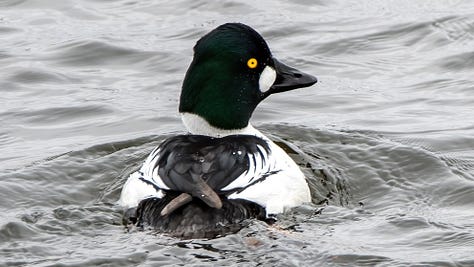
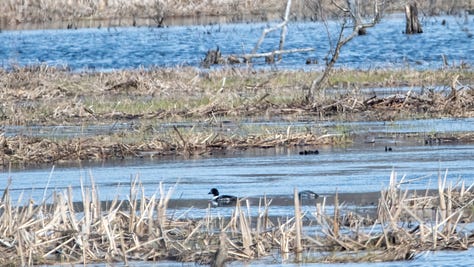
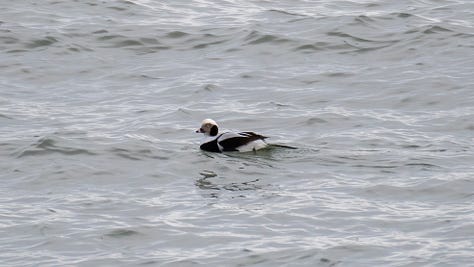
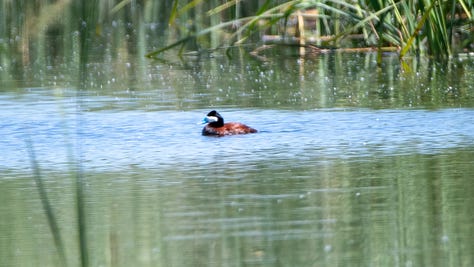
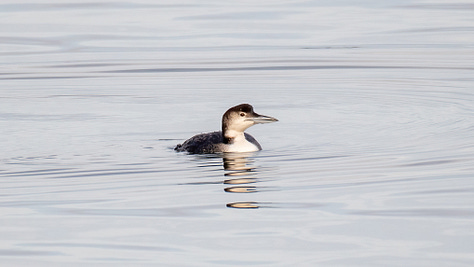
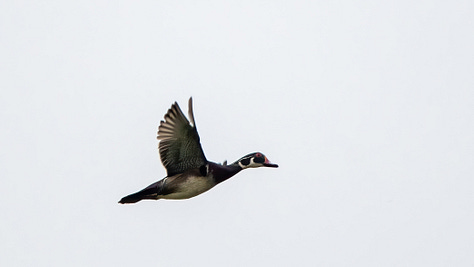
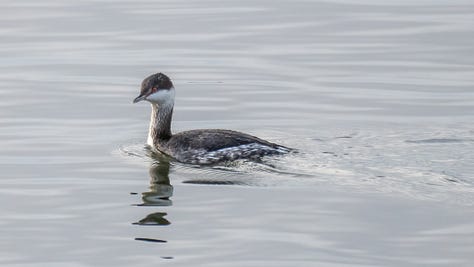
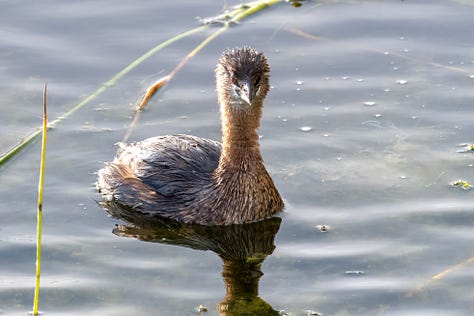
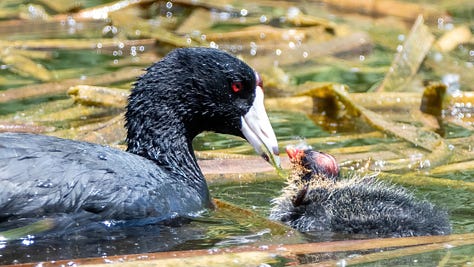
I love waterfowl, but 2024 was my woodpecker year. Pileated (Dryocopus pileatus), Downy (Dryobates pubescens), Hairy (Dryobates villosus), Red-bellied (Melanerpes carolinus), Northern Flicker (Colaptes auratus). Louisiana brought Red-cockaded Woodpeckers (Dryobates borealis); California added Acorn (Melanerpes formicivorus) and Nuttall’s (Dryobates nuttallii); Arizona brought Gila (Melanerpes uropygialis) and Ladder-backed (Dryobates scalaris).
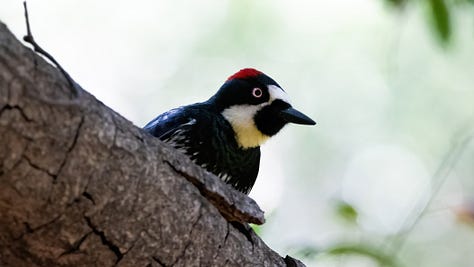
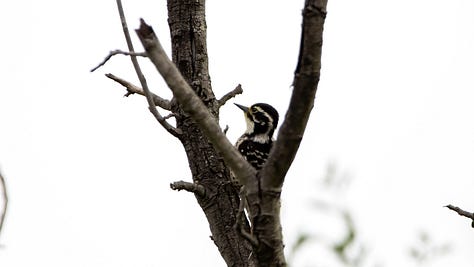
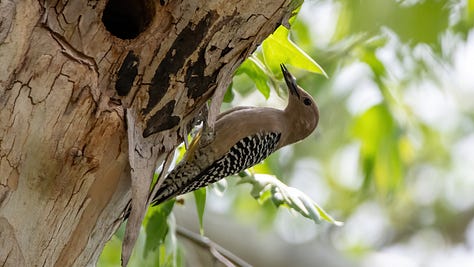
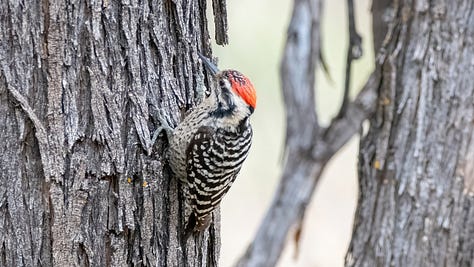
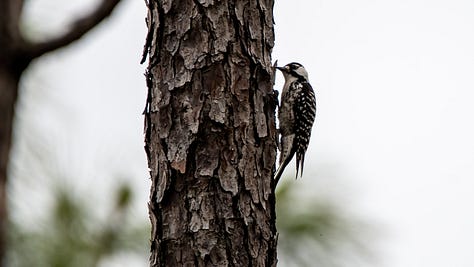
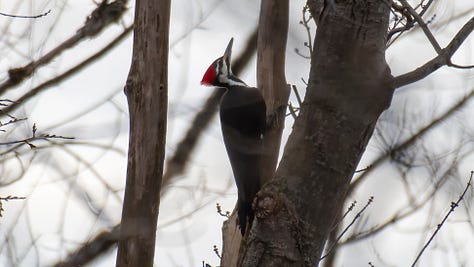
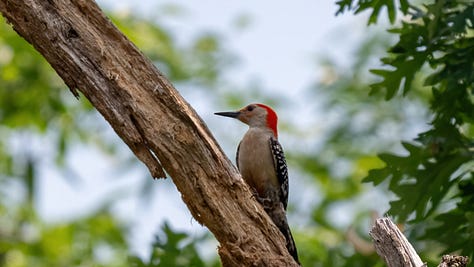
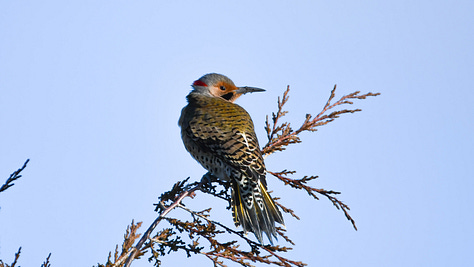
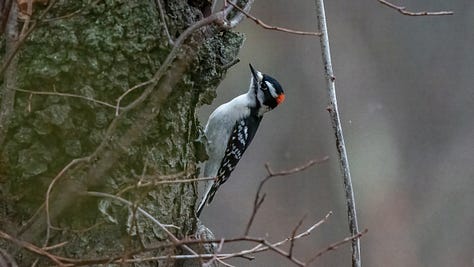
If I was going to do a Big Year like this, it was going to be 2024. It was needed, circumstances aligned, it pleased the wild God. In The Wild God of the World: An Anthology of Robinson Jeffers, Albert Gelpi invokes “Carmel Point” in the introduction—a poem “meant to be so jolting,” urging humans to “‘uncenter our minds from ourselves, . . . unhumanize our views a little’—and thus change the way we think and live.” Gelpi asks, “how can consciousness, which separates us from nature and God, become consciousness of nature as God?”
Do a Big Year and you’ll see.
Numerical milestones weren’t what made 2024 special, but birds. Birds can be special without being counted. In lieu of a Big Year, I have smaller birding goals for 2025.
First, a Snowy Owl (Bubo scandiacus), which I didn’t see—this embarrasses me, my favorite birding spot has a reputation for Snowy Owls—in 2022, 2023, or 2024.
All it takes to see a bird is knowledge, effort, and some luck. Sometimes “some” luck means quite a lot. To see Harlequin Ducks (Histrionicus histrionicus), I went where I knew to go. There they were. Knowledge (where to go), effort (going), and luck (birds). Let’s give Snowy Owls the same treatment, but for a goal that feels predictable.
My biggest birding goal for 2025 is a photograph of a Blackburnian Warbler (Setophaga fusca).
Birding doesn’t require a camera, but I bird with one 99% of the time. I haven’t taken a good picture of a Blackburnian Warbler. In 2022 I frustratedly deleted a bad one and wrote: “I ‘saw’ a Blackburnian”—saw in quotations for a few reasons, one being lack of evidence.
When I think of warblers, I think of my best encounters, photographs, the year and season. I want to add Spring 2025, Blackburnian Warbler (Setophaga fusca), with photos.
Prothonotary Warbler (Protonotaria citrea). Spring 2018, Spring 2024.
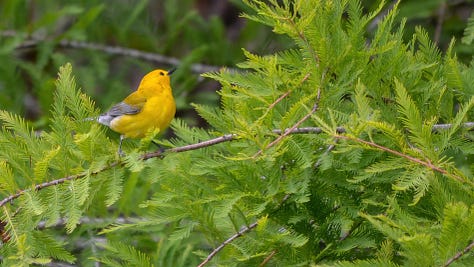
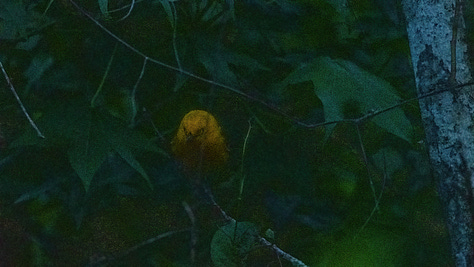

Black-throated Blue (Setophaga caerulescens). Spring 2021.
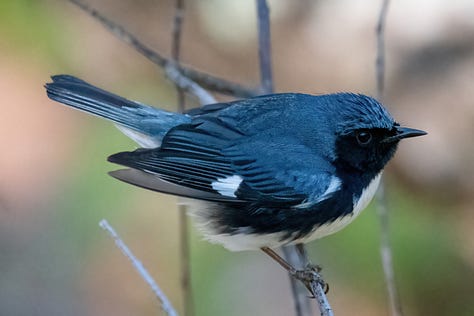
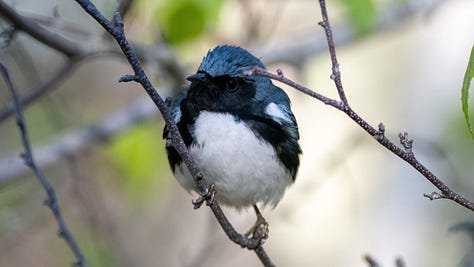
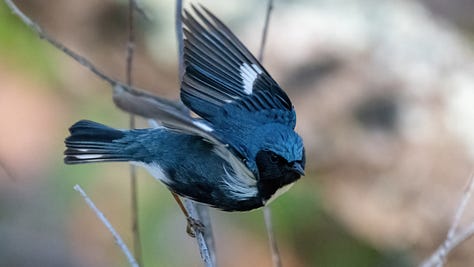
Black-throated Green (Setophaga virens). Spring 2022.
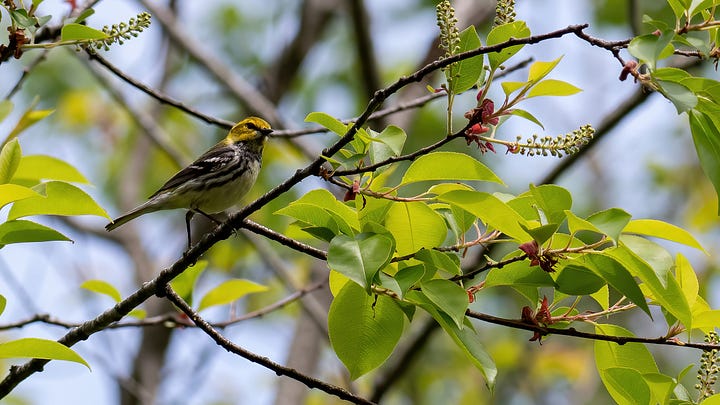
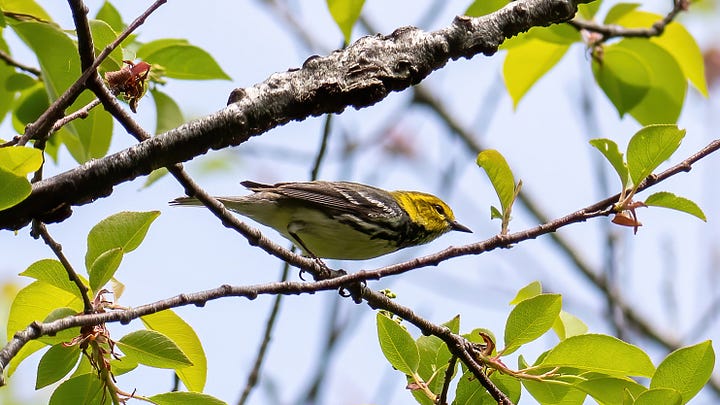
Blackpoll (Setophaga striata). Spring 2021, Fall 2022.
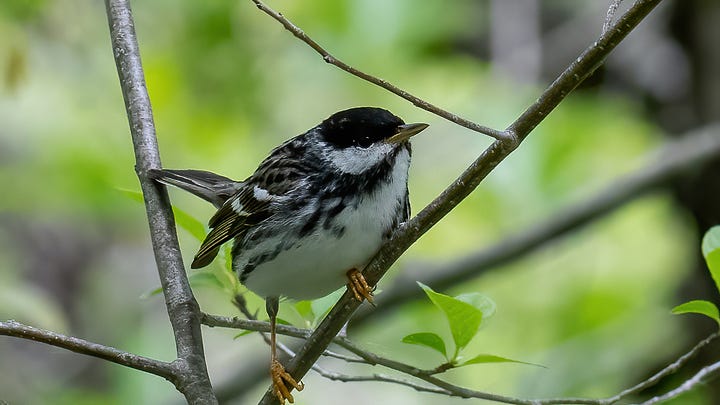
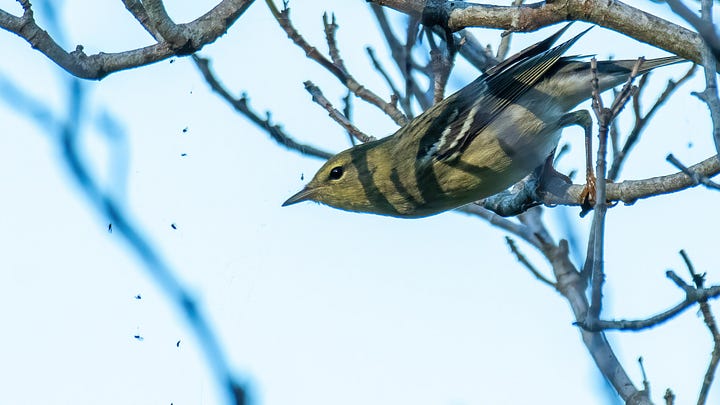
Common Yellowthroat (Geothlypis trichas). Spring 2021, Spring 2024.
This bird isn’t hard to come by when it’s around.
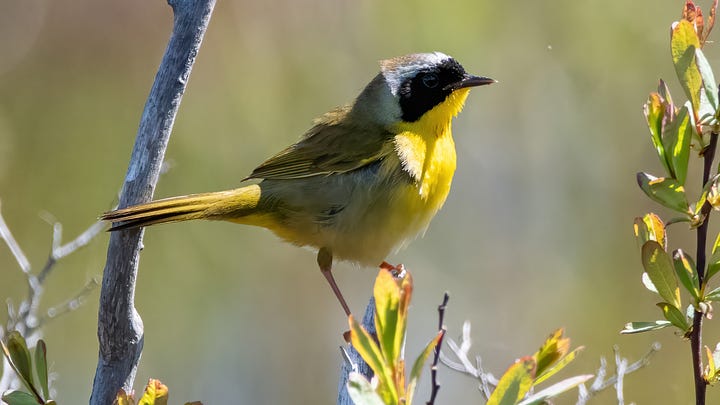
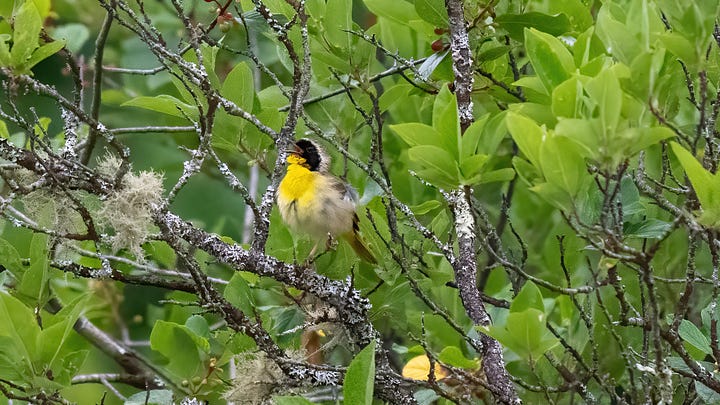
Audubon calls it “Abundant and well-known…found in practically every reed-bed and patch of cattails from coast to coast.”
Its song is recognizable. I hear it as yellowthroat, yellowthroat, yellowthroat; Audubon explains it as a “wichity-wichity-wichity.” The Cornell Lab does too: “witchety-witchety-witchety…about 2 seconds long.” American Bird Conservancy adds this warbler “behaves more like a Carolina Wren.”
Black-and-white (Mniotilta varia). Spring 2021, Summer 2024
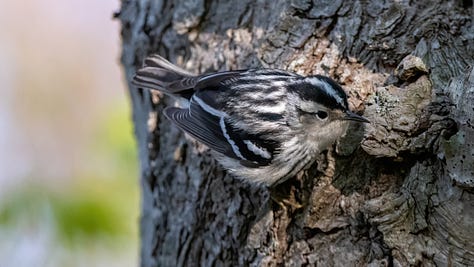
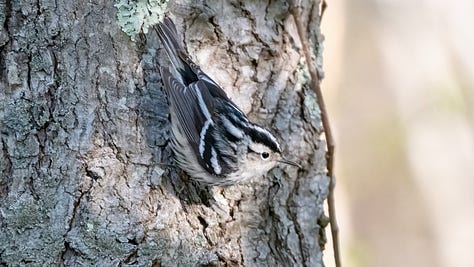
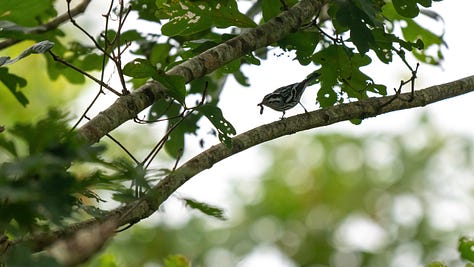
Chestnut-sided (Setophaga pensylvanica). Spring 2022.
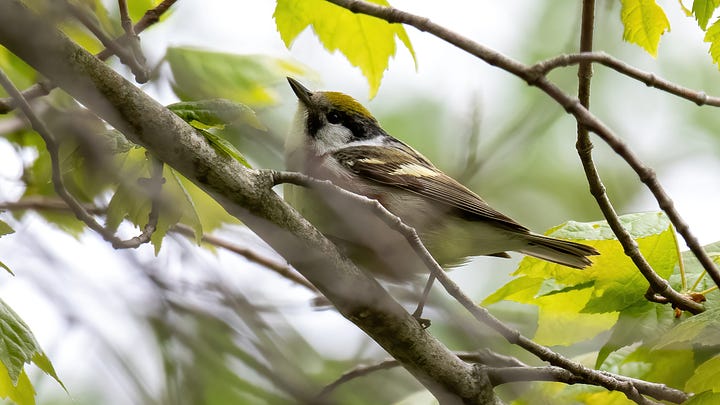
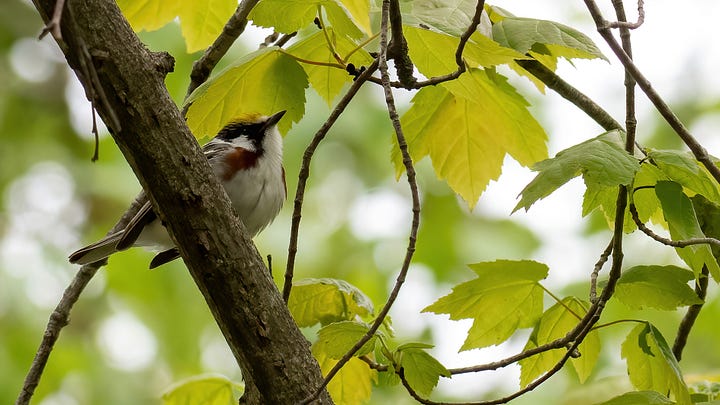
Palm (Setophaga palmarum). January 2022, May 2023, October 2023, April 2024.
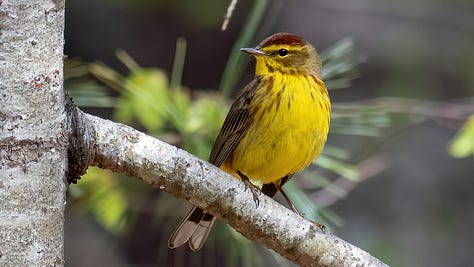
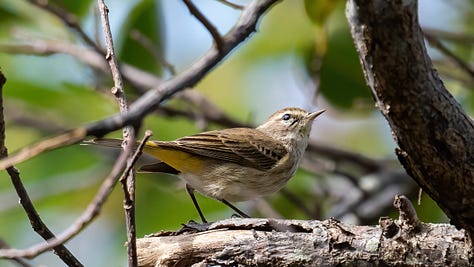
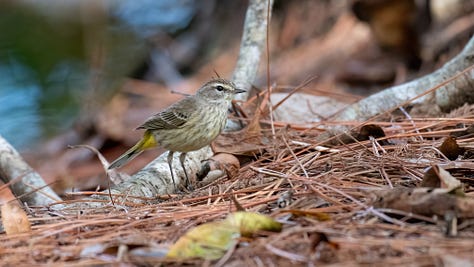
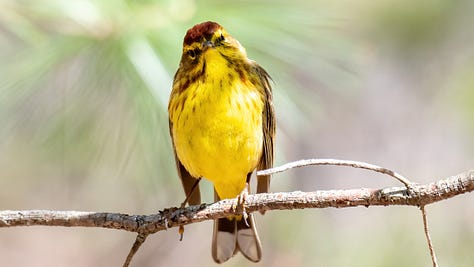
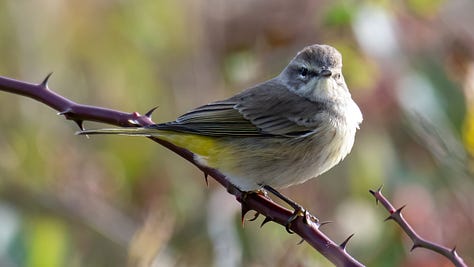
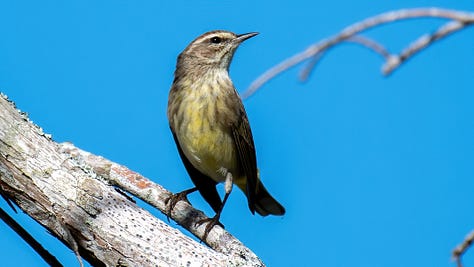
I’ve seen many Palm Warblers, but I’ve seen even more of these species:
Yellow-rumped, Myrtle and Audubon’s (Setophaga coronata); Yellow (Setophaga petechia); Pine (Setophaga pinus).
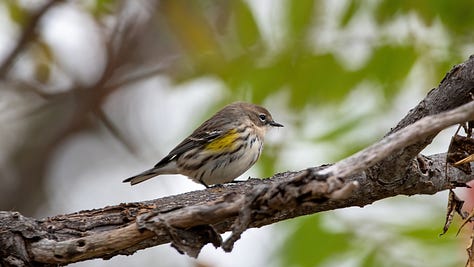
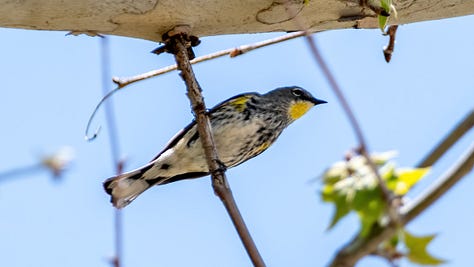
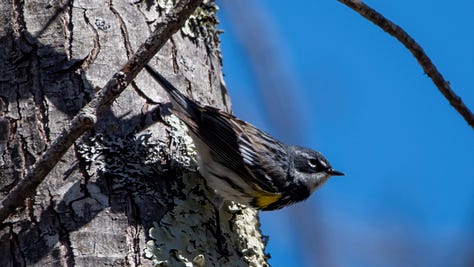
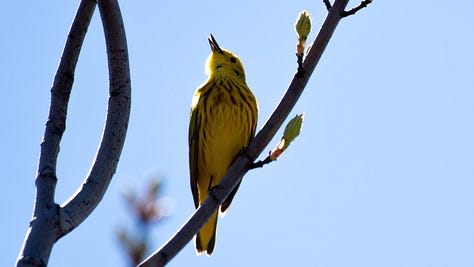
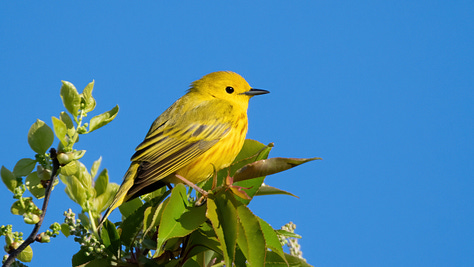
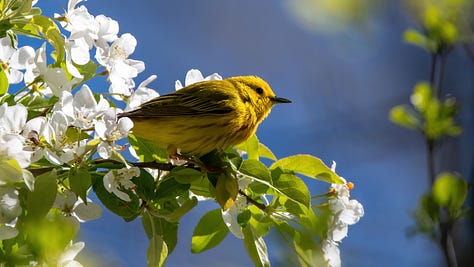
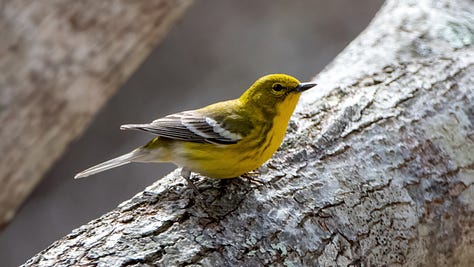
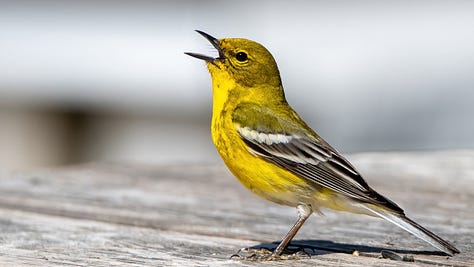
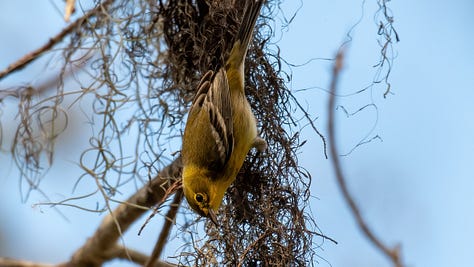
Northern Parula (Setophaga americana). Fall 2021, Spring 2024.
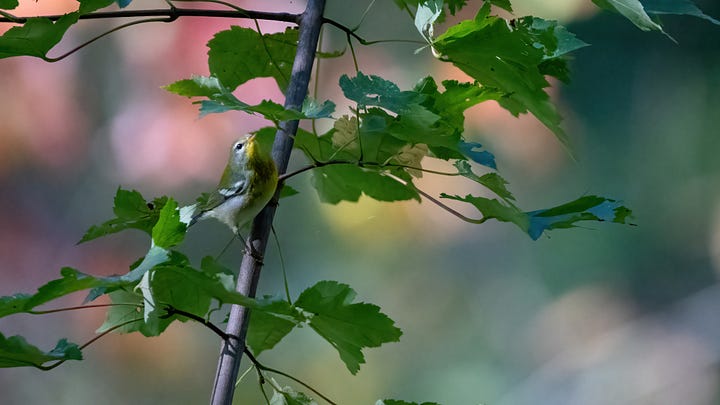
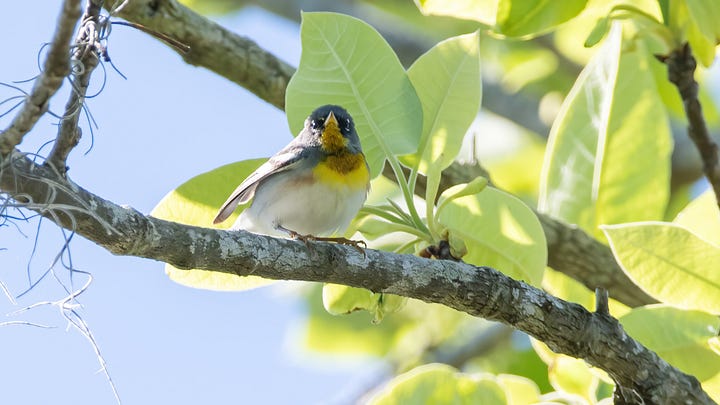
Cape May (Setophaga tigrina). Spring 2021.
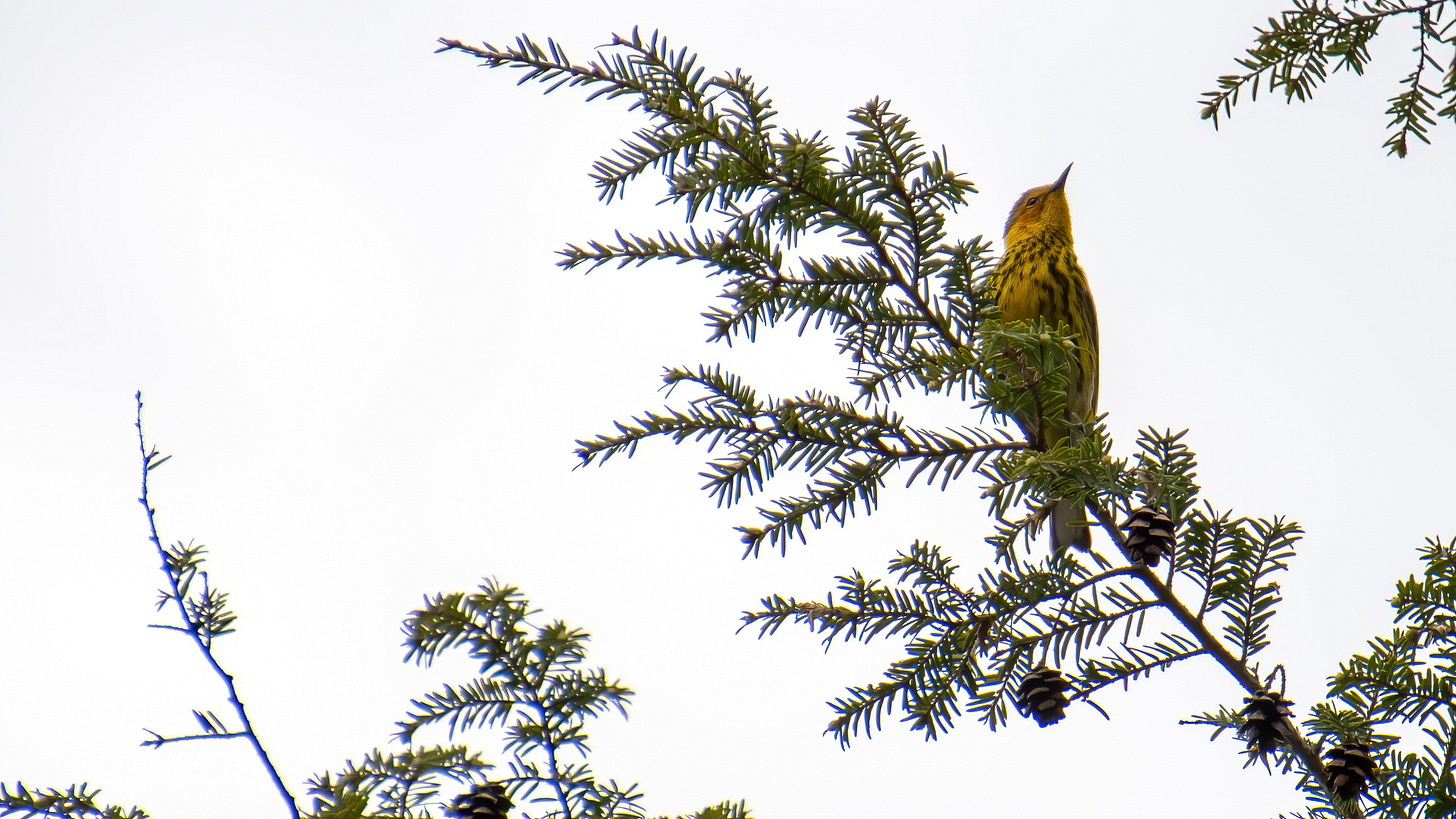
What makes a Blackburnian Warbler unique?
No other warbler has an orange throat. If you see one with an orange throat, it’s a Blackburnian. I believe they’re the prettiest warbler.
Why is it called a Blackburnian Warbler?
You’ve probably gleaned that this one is named after a person. Eponyms for birds will be a thing of the past. Too many birds are named after men who at best didn’t care about whatever bears their name, or at worst might’ve been pretty evil.
The Blackburnian Warbler is named after a woman who cared about wildlife, Anna Blackburne (1726-1793). She was more interested in entomology, but was “a patron of ornithology.” I like the name. Ian Owens writes in Living Bird,
people feel a strong attachment to certain species names. I suspect I’ll pine a little for Blackburnian Warbler—yes, it’s eponymous!—although I can easily see the charm of a new name like Fire-throated Warbler.
Apparently people already refer to the Blackburnian Warbler as “Firethroat,” but that’s already a bird: Calliope pectardens, an Old World Flycatcher in Asia.
I wouldn’t love if Blackburnian changes to Fire-throated Warbler; admittedly, I don’t see the charm. “Fire-throated” feels aggressive. Maybe pumpkin- or monarch-throated?
How will I get my Blackburnian photo?
As with any bird, seeing a warbler takes knowledge, effort, and luck.
Knowledge:
My best warbler days have been in the same spot in spring. That’s where I got the subpar Blackburnian photo I frustratedly deleted; I imagine that’s where I’ll find redemption. I took lots of warbler photos there May 12 one year. Another year, at a different spot, I got one I like of an American Redstart June 2.
Early to mid-May is best. Early June is slower but can still be good. Audubon asserts:
May is the best. It’s a month-long birding celebration, filled with tons of returning species, budding trees, and warmer temperatures. May is the bestest.
Effort:
I’ll go as often as I can to that reliable spot in May and the first week of June. To only go there would be limiting—I’ll go other spots as well, and even more I’ll find on eBird. Maybe there’s a Blackburnian hotspot I’ve overlooked. Somewhere new to me, as with the Harlequin Ducks, could yield an A+ encounter with the desired species.
Luck:
This one isn’t up to me. The weather can’t be terrible, a Blackburnian Warbler has to choose to cooperate.
That’s the beauty of birding, those three things—66% of which we control, which feel the least important. You might do everything right but the bird might not show up.
It’s special when things beyond our control play along—when nothing prevents your birding moment. A memorable moment is contingent upon the birds doing what you need. It’s also contingent upon them not doing what you don’t need.
The fact a birder wants to see them isn’t a concern of theirs. They have other things to worry about.
Recommended Reading:
- Birding with Billbrow“Vastly more important than the numbers was the connection I made with birds in 2024. As the year progressed, I found myself less focused on hustling for big lists and more content to slow down and spend time observing and appreciating birds in the moment, whether at the feeders or out in the field.”
“A single species will bring me to an even 200 for the county. I like nice round numbers, as do many birders. I started 2024 at 186, and ended at 199. I’m pretty sure I can do this in 2025.”
Birding and art-making may be the perfect self-care recipe,
- Love Letters to Birds“I suspect I’m probably the 566-millionth person to write about self-care in a newsletter, but in reviewing my notes on these evidence-based practices, I found that birding and art-making tick most of the boxes.”
- Everywhere is Sacred“2024 was a big year in so many ways. Love, family, travel, nature, hurricanes, tragedy, and birds.”













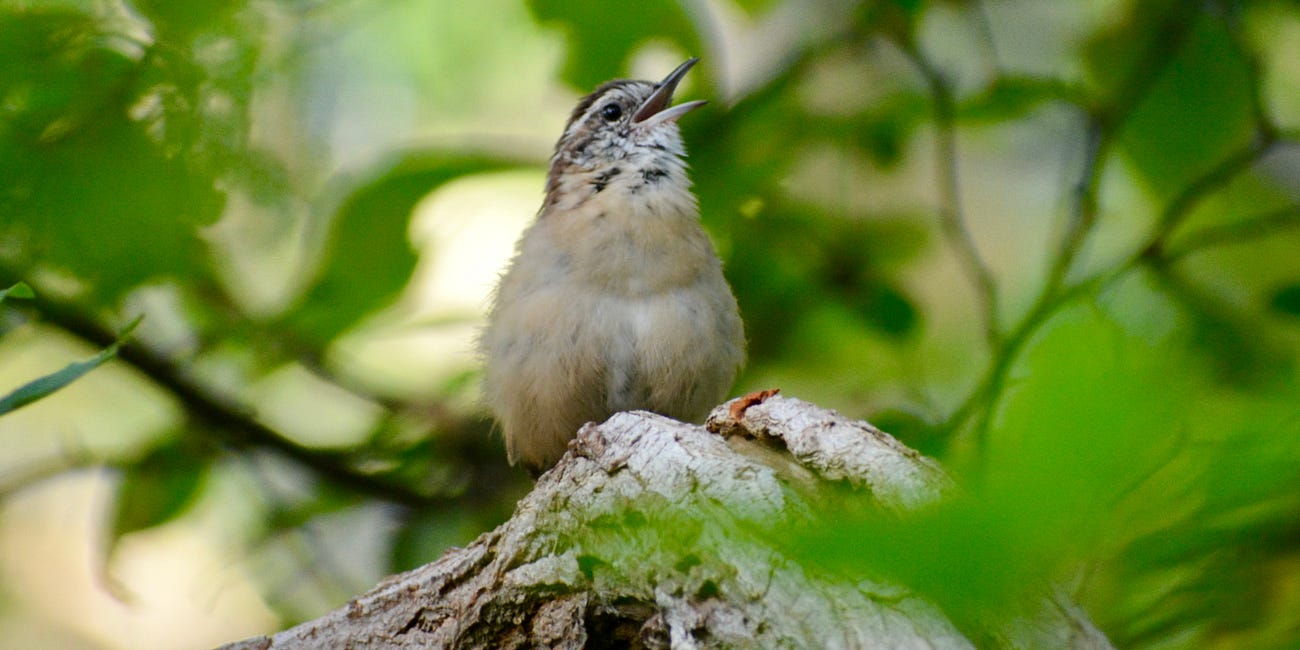











Really nice collection of images and sightings, James. You put it perfectly: "All it takes to see a bird is knowledge, effort, and some luck. Sometimes “some” luck means quite a lot."
This is how I chalk up my own sightings as well. In in the end it's mostly luck that I see some of the birds and wildlife.
I am hoping to see a Great Grey/Gray Owl as I have never seen one before. Bit of a longshot and plenty of luck needed!
Here's hoping you capture a photograph of a Blackburnian Warbler for 2025!
Blackburnians are so beautiful. I hope you are blessed with one that sits on a lovely perch and gives you great looks. 🧡 And thank you for the recommendation!